How to Leverage Ai 3d Rendering for Innovative Product Visualization
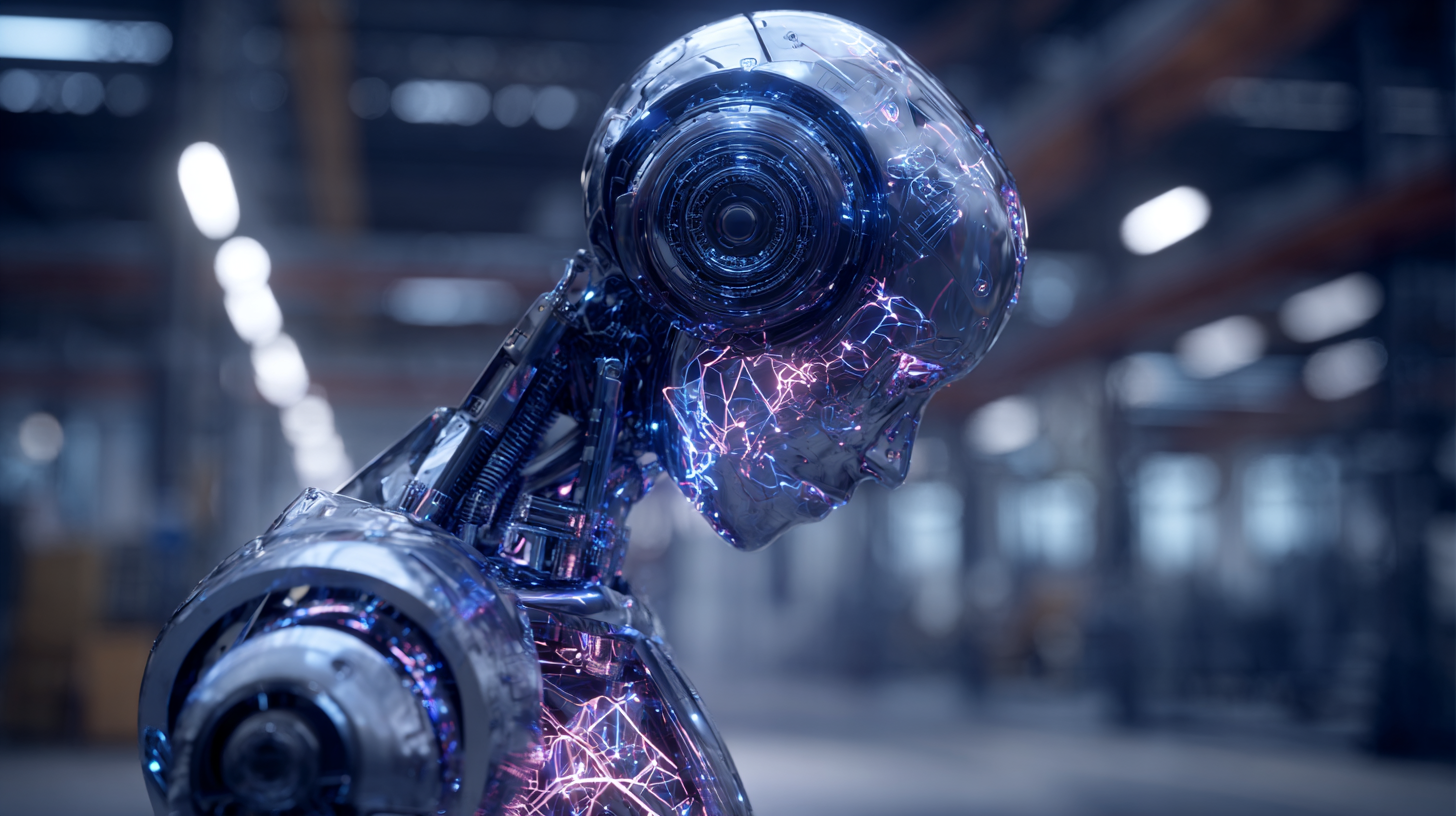 The advent of Ai 3D Rendering technology has revolutionized the way products are visualized, paving the way for innovative marketing strategies across various industries. According to a recent report from Grand View Research, the global 3D rendering market is expected to reach $11.81 billion by 2027, driven largely by advancements in artificial intelligence and graphics technologies. This growing demand underscores the significance of harnessing Ai 3D Rendering to enhance product visualization, allowing businesses to create hyper-realistic images and immersive experiences that captivate potential customers. By integrating Ai 3D Rendering into their workflows, companies can realize significant efficiencies, reduce costs associated with physical prototypes, and achieve higher levels of customization. As consumer expectations evolve, leveraging this cutting-edge technology has become essential for staying competitive and achieving impactful brand storytelling in a saturated market.
The advent of Ai 3D Rendering technology has revolutionized the way products are visualized, paving the way for innovative marketing strategies across various industries. According to a recent report from Grand View Research, the global 3D rendering market is expected to reach $11.81 billion by 2027, driven largely by advancements in artificial intelligence and graphics technologies. This growing demand underscores the significance of harnessing Ai 3D Rendering to enhance product visualization, allowing businesses to create hyper-realistic images and immersive experiences that captivate potential customers. By integrating Ai 3D Rendering into their workflows, companies can realize significant efficiencies, reduce costs associated with physical prototypes, and achieve higher levels of customization. As consumer expectations evolve, leveraging this cutting-edge technology has become essential for staying competitive and achieving impactful brand storytelling in a saturated market.
Understanding the Basics of AI 3D Rendering for Product Visualization
AI 3D rendering has emerged as a transformative tool in the realm of product visualization, enabling companies to create stunning, lifelike representations of their designs. The basic principle of AI 3D rendering involves the use of artificial intelligence algorithms to enhance the rendering process, making it faster and more efficient. This technology allows designers to visualize various iterations of a product in real-time, facilitating a faster design process and resulting in reduced time to market. According to recent market research, the 3D rendering and visualization software market is projected to reach significant growth by 2030, driven largely by the increasing demand for detailed product modeling across industries such as automotive, consumer electronics, and architecture.
Incorporating AI into 3D rendering not only expedites the design cycle but also enhances the quality of visualizations, providing potential customers with an immersive and engaging experience. For instance, the application of AI in the rendering process can improve lighting, texture, and material representation, ensuring that the final product visualization closely resembles the actual product. Reports indicate that the implementation of AI-powered tools in product design can lead to a productivity increase of up to 30%. As businesses continue to leverage these innovative solutions, mastering the basics of AI 3D rendering will be crucial for staying competitive in today’s fast-paced market environment.
Exploring the Benefits of AI in Creating Realistic 3D Models
Artificial Intelligence (AI) is revolutionizing the field of 3D rendering, particularly in product visualization. One of the most significant benefits of AI is its ability to generate highly realistic 3D models with efficiency and precision. Unlike traditional methods that often require extensive manual input and time-consuming processes, AI algorithms can analyze vast datasets to create intricate textures, lighting effects, and accurate physical materials in mere moments. This accessibility allows designers and marketers to present their products in the best light, enhancing their appeal to potential customers.
Moreover, AI-driven 3D rendering tools are not only time-efficient but also cost-effective. Businesses can reduce their reliance on physical prototypes, as virtual models allow for immediate adjustments and iterations. This flexibility encourages innovation, enabling teams to explore multiple design options without the logistical constraints of prototyping. Additionally, the capability of AI to predict consumer preferences based on data trends ensures that the visualizations resonate more effectively with target audiences. Embracing AI in product visualization not only streamlines the workflow but also significantly enhances the overall quality and impact of marketing strategies.
Key Tools and Software for Effective AI 3D Rendering
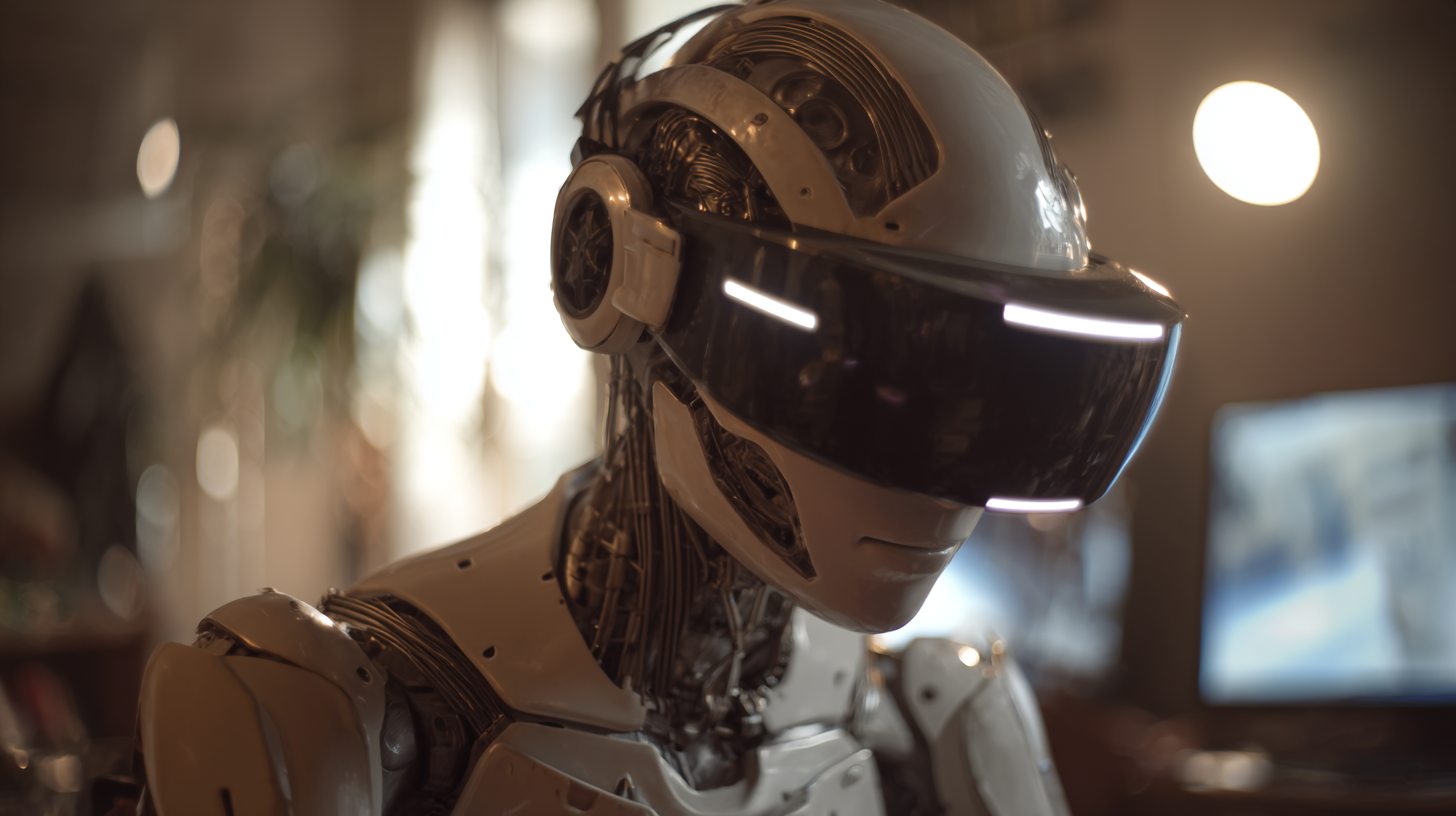 AI 3D rendering has revolutionized product visualization, providing innovative solutions for designers and marketers alike. Key tools and software play a crucial role in harnessing the potential of AI to create realistic and captivating visuals. Programs like Blender and Autodesk Maya offer powerful rendering capabilities, while AI-driven platforms such as NVIDIA Omniverse and Lumion can streamline the process, allowing users to generate stunning imagery with minimal effort.
AI 3D rendering has revolutionized product visualization, providing innovative solutions for designers and marketers alike. Key tools and software play a crucial role in harnessing the potential of AI to create realistic and captivating visuals. Programs like Blender and Autodesk Maya offer powerful rendering capabilities, while AI-driven platforms such as NVIDIA Omniverse and Lumion can streamline the process, allowing users to generate stunning imagery with minimal effort.
When selecting tools for AI 3D rendering, it is essential to consider compatibility with your existing software and the specific needs of your project. Tips for effective usage include learning shortcuts to improve productivity and experimenting with lighting and textures to achieve more dynamic visuals. Don't hesitate to leverage community resources and tutorials that can enhance your skill set and optimize your workflow.
Additionally, always keep an eye on the latest advancements in AI and rendering technology. Staying up-to-date can provide you with insights into new features or tools that can further enhance your product visualization. Remember, the goal is to utilize these technologies not just for aesthetics but to convey your product's value effectively.
Best Practices for Integrating AI 3D Rendering in Product Development
Integrating AI 3D rendering in product development can significantly enhance visualization and streamline the design process. By utilizing advanced algorithms, designers can create high-quality, detailed models that provide realistic representations of products early in the development cycle. This practice not only allows for immediate feedback and adjustments but also helps in aligning stakeholder visions with the product’s design.
**Tips:** Start by selecting an AI rendering software that fits your team's needs. Consider tools that offer user-friendly interfaces and integrate seamlessly with existing design software. Additionally, regularly update your database of textures and materials to keep your visualizations fresh and engaging.
Furthermore, collaboration is key when integrating AI 3D rendering. Encourage regular brainstorming sessions where team members can share ideas and feedback on the 3D models. This collaborative approach not only promotes creativity but also ensures that all aspects of the product are considered, ultimately leading to a more refined and market-ready design.
**Tips:** Promote cross-departmental collaboration by organizing workshops or training sessions focused on AI rendering tools. This will help build a shared understanding and proficiency across your team, enhancing your overall product development workflow.
How to Leverage AI 3D Rendering for Innovative Product Visualization
| Dimension | Details |
|---|---|
| Rendering Time | Under 30 seconds per scene |
| Image Quality | 4K Ultra HD quality |
| Software Compatibility | Compatible with major design software |
| User Skill Level | Beginner to Advanced |
| Use Cases | Marketing, Prototyping, Virtual Reality |
| Cost Efficiency | Reduces prototyping costs by 30% |
| Collaboration Features | Supports real-time collaboration |
| Feedback Loop | Integration of customer feedback within 48 hours |
Case Studies: Successful Applications of AI 3D Rendering in Various Industries
AI 3D rendering has revolutionized product visualization across numerous industries, allowing companies to present their products in highly detailed and realistic ways. One notable case study comes from the automotive industry, where manufacturers utilized AI-driven rendering to create lifelike car models. This technology not only shortened the design cycle but also enabled potential customers to virtually experience vehicles from the comfort of their homes.
In the fashion industry, brands have embraced AI 3D rendering to showcase clothing lines realistically. By leveraging this technology, companies can display their garments on virtual models, allowing customers to see how pieces look in motion and fit in various styles. This innovative approach not only enhances online shopping experiences but also reduces waste associated with traditional fashion shows and samples by providing a digital runway that engages audiences without the need for physical presentations.
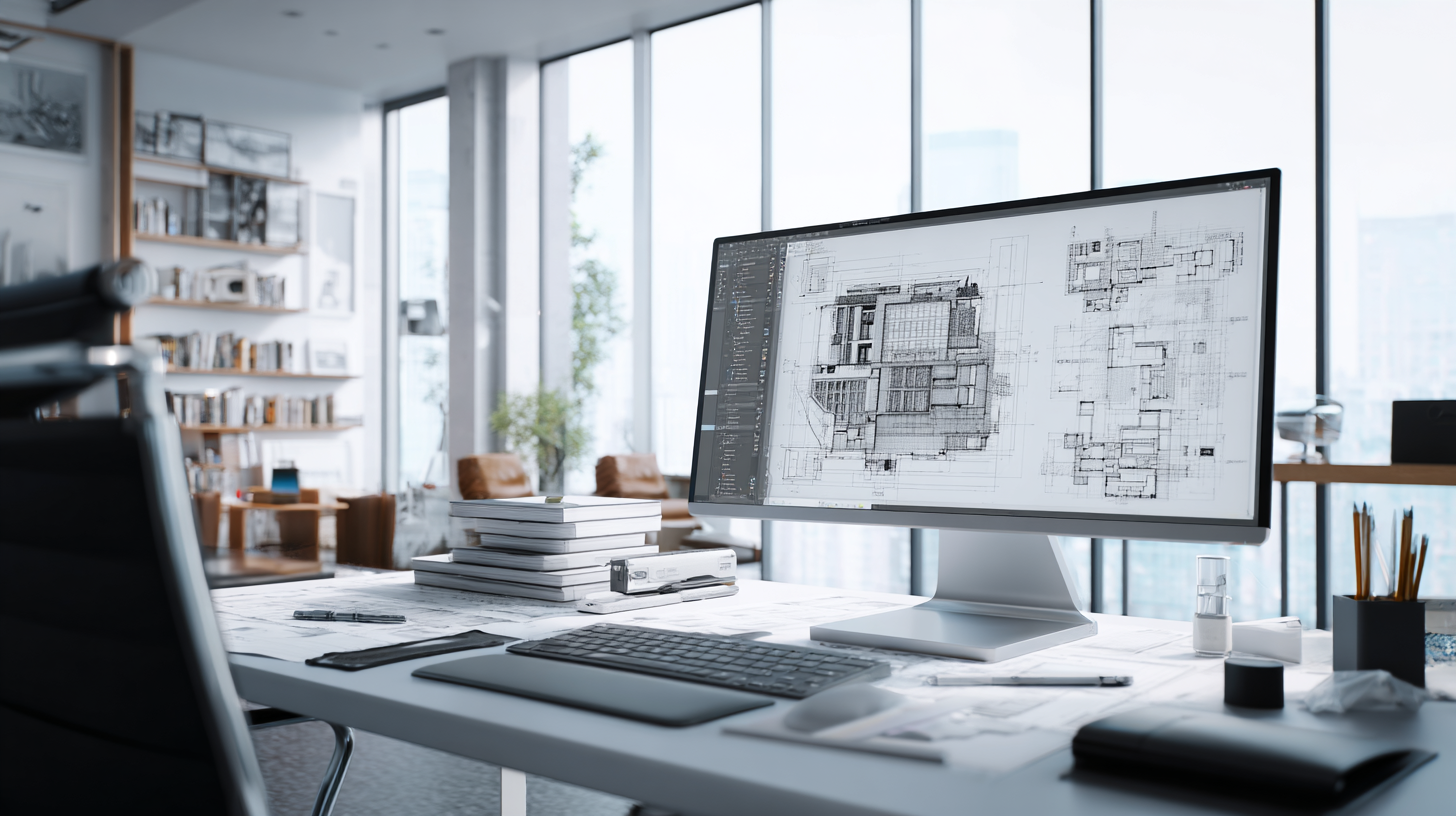
Related Posts
-

Digital Strategies for Achieving the Best Cgi Rendering Quality
-
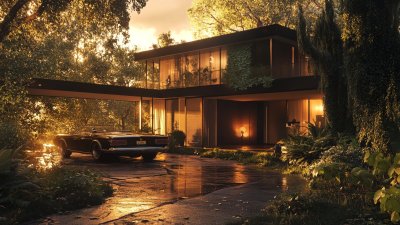
Unlocking the Full Potential of Best Cgi Rendering with Technical Specifications and Application Strategies
-
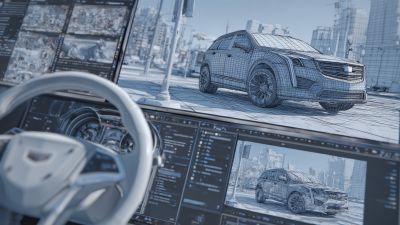
Exploring the 2025 Tech Trends: Unleashing the Advantages of Best CGI Rendering for Global Buyers
-

10 Reasons Why Cgi Rendering is a Game Changer for Global Procurement
-

Unveiling the Power of 3D Render through Real World Examples in Design and Industry
-

How to Enhance Your Designs with Stunning Sketch Up Renders


